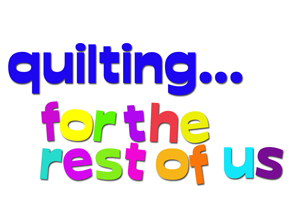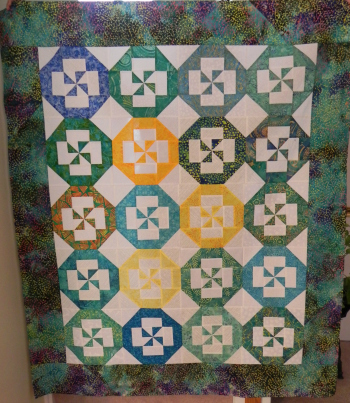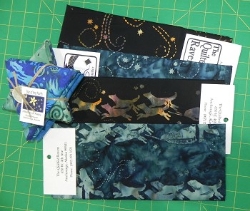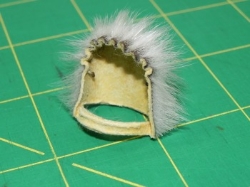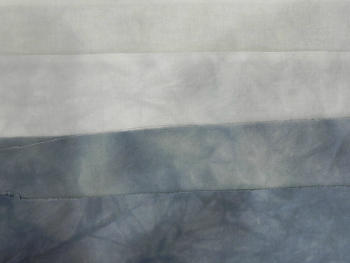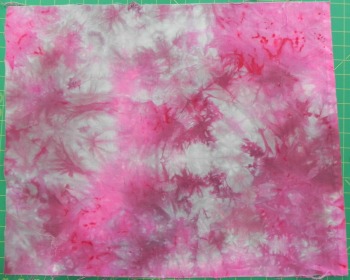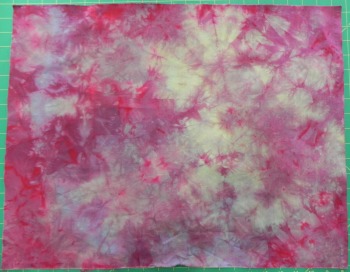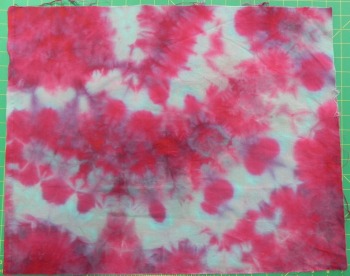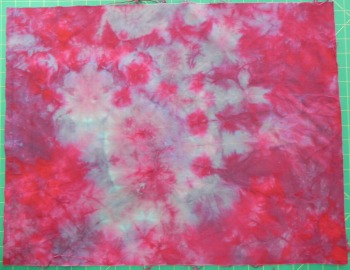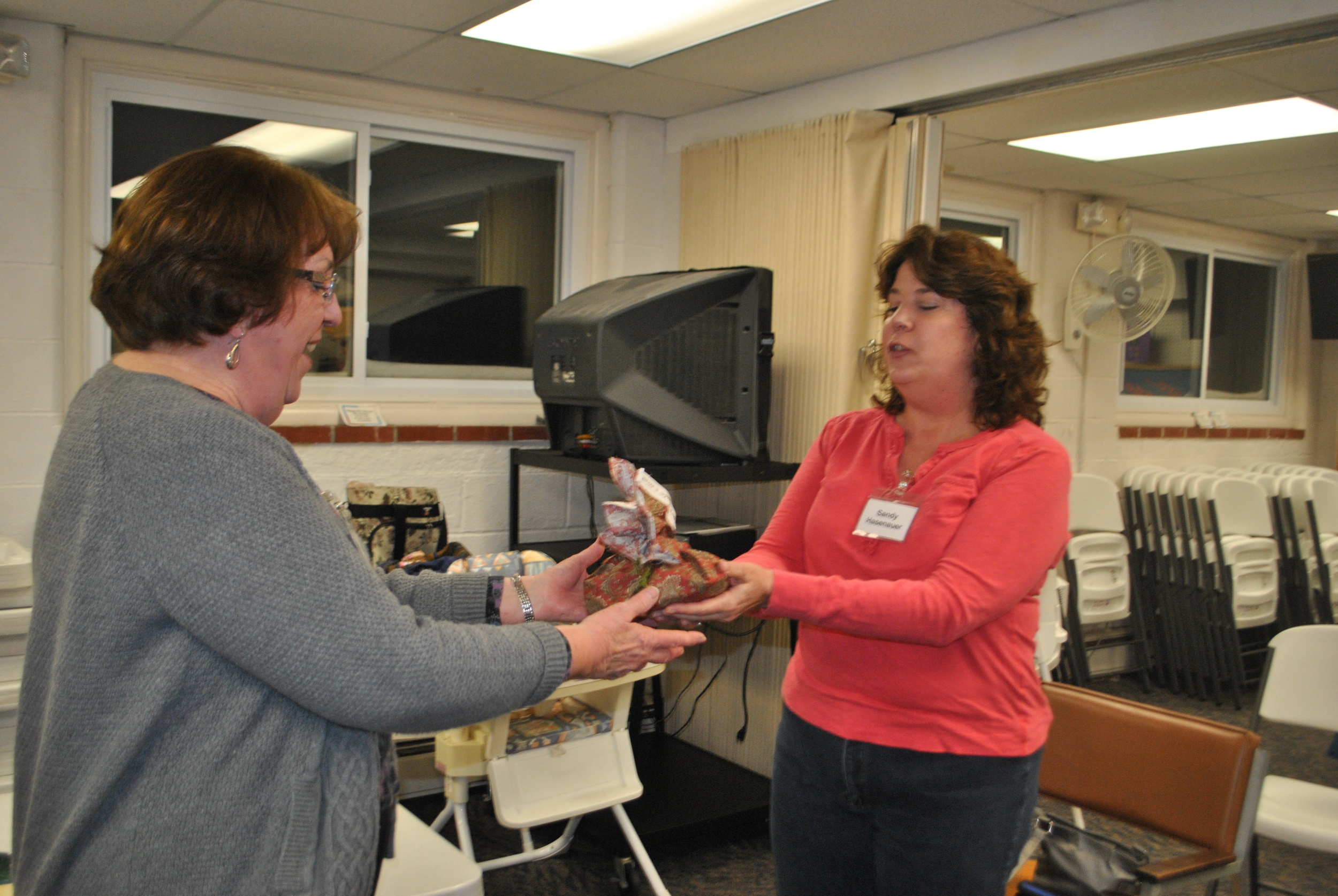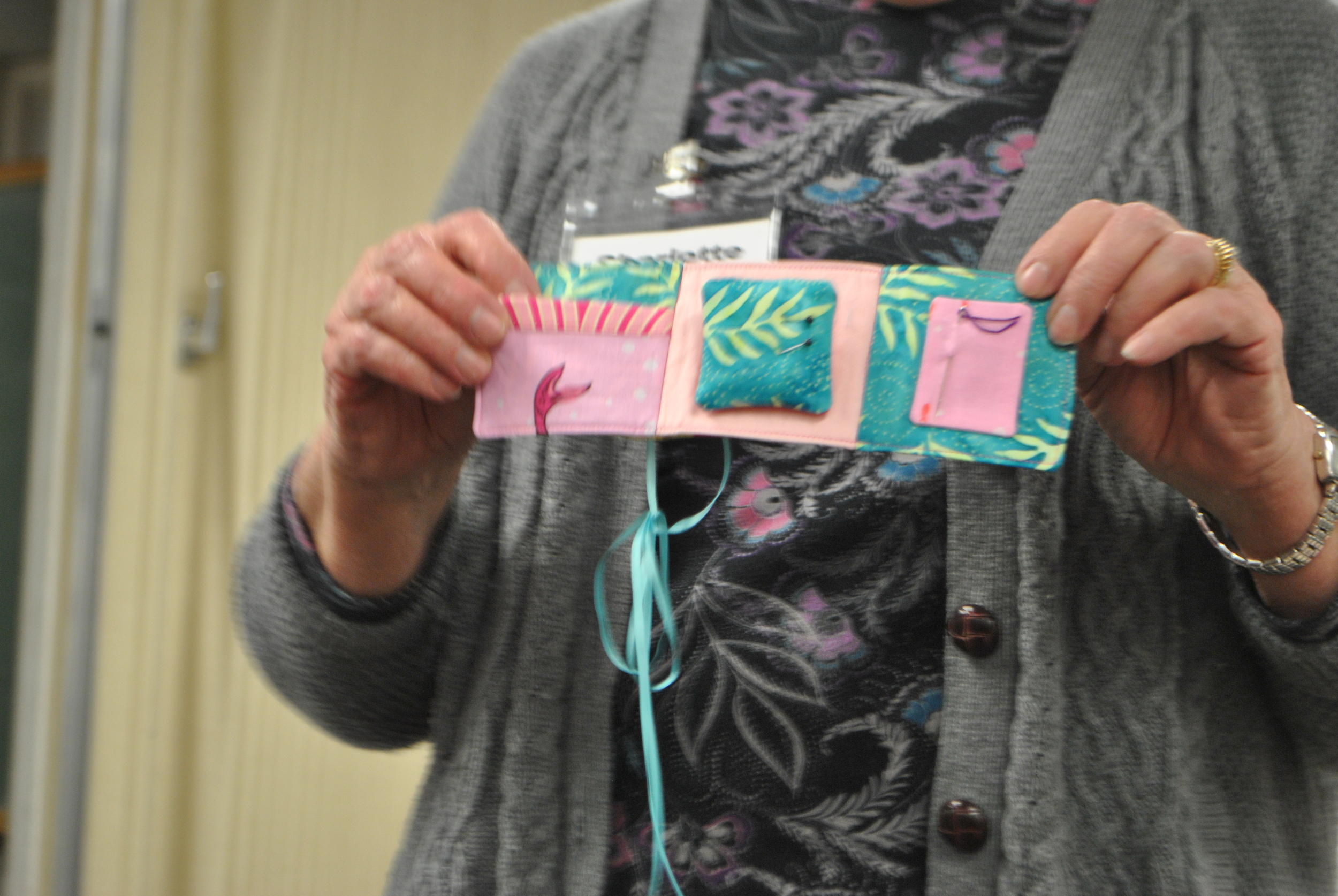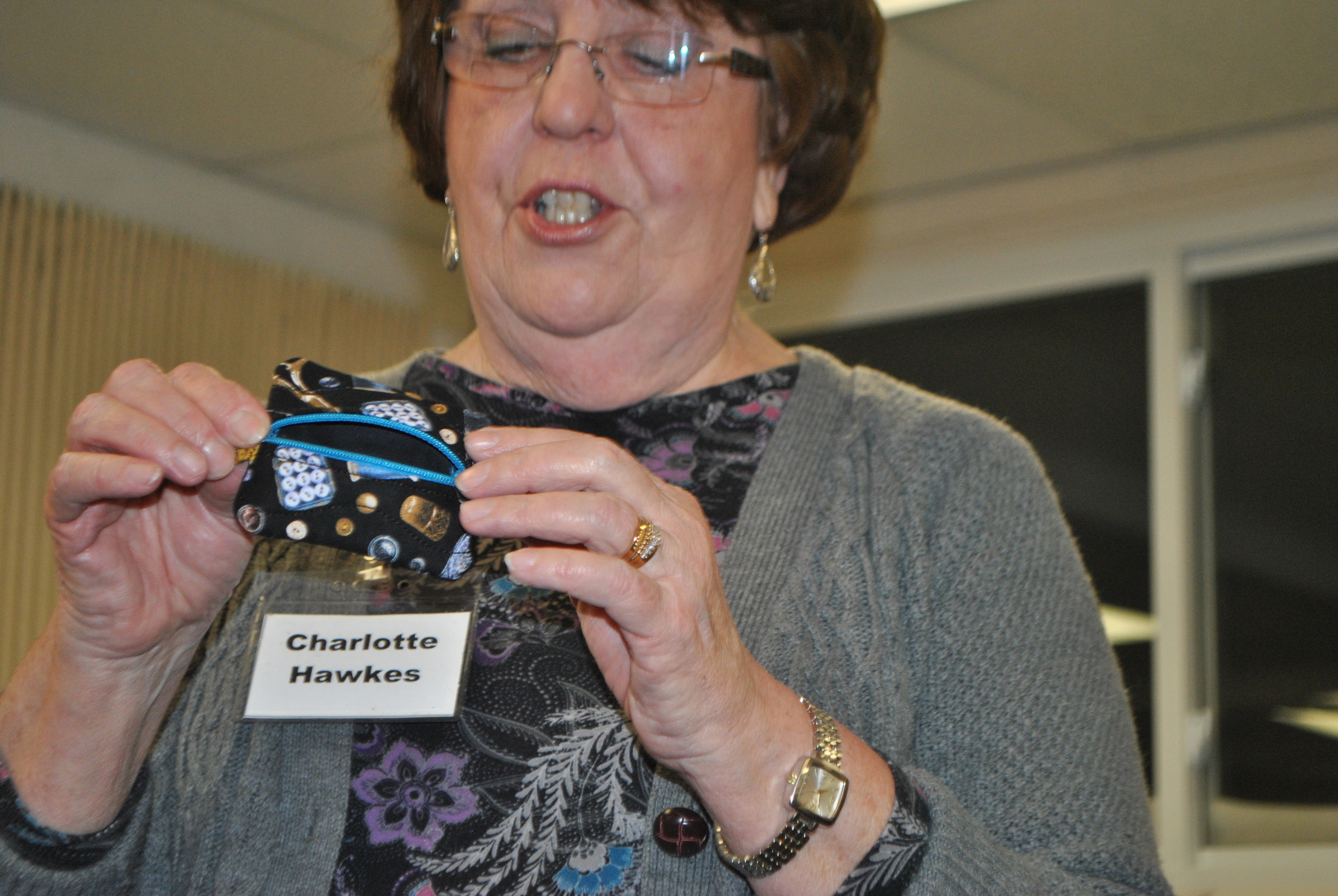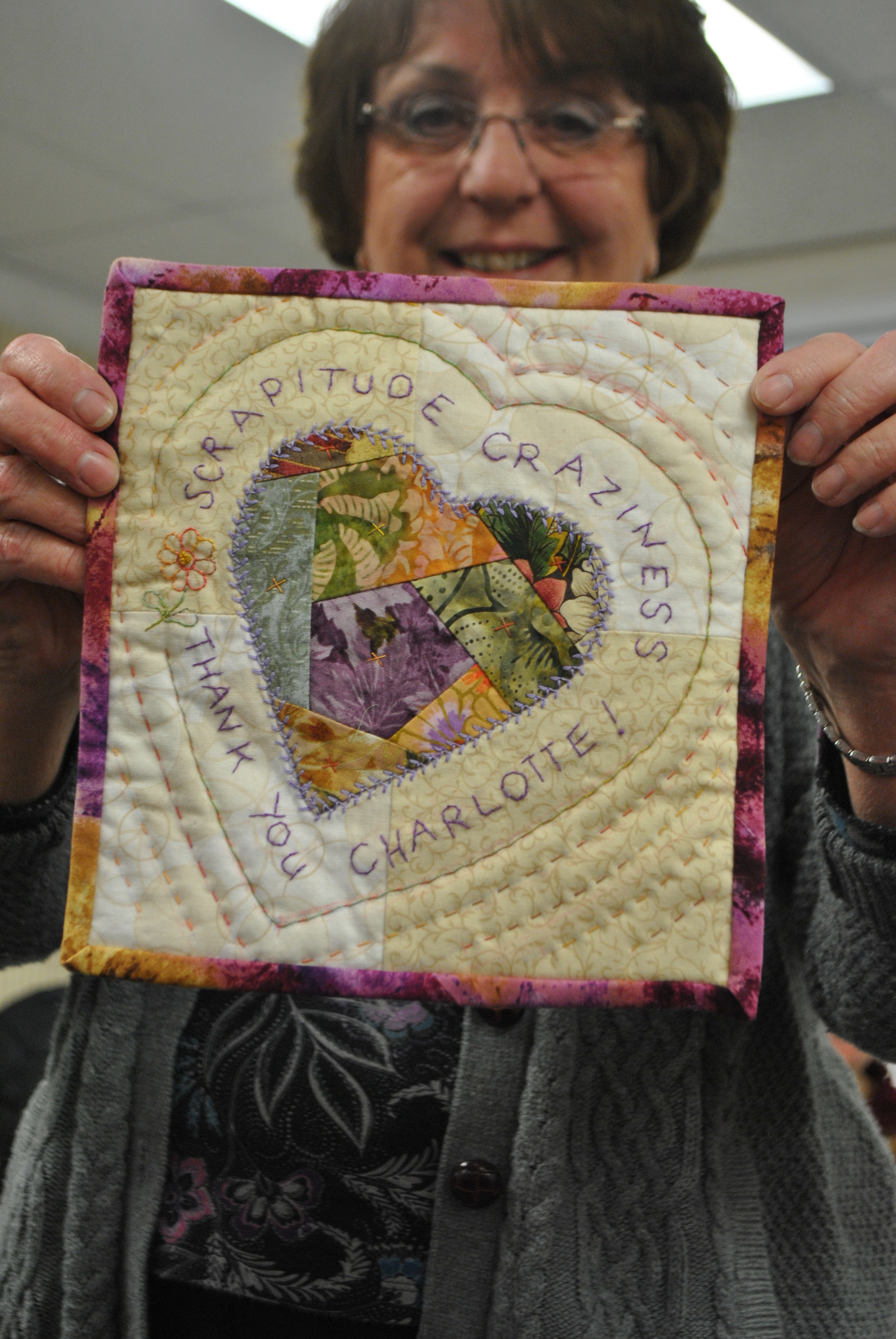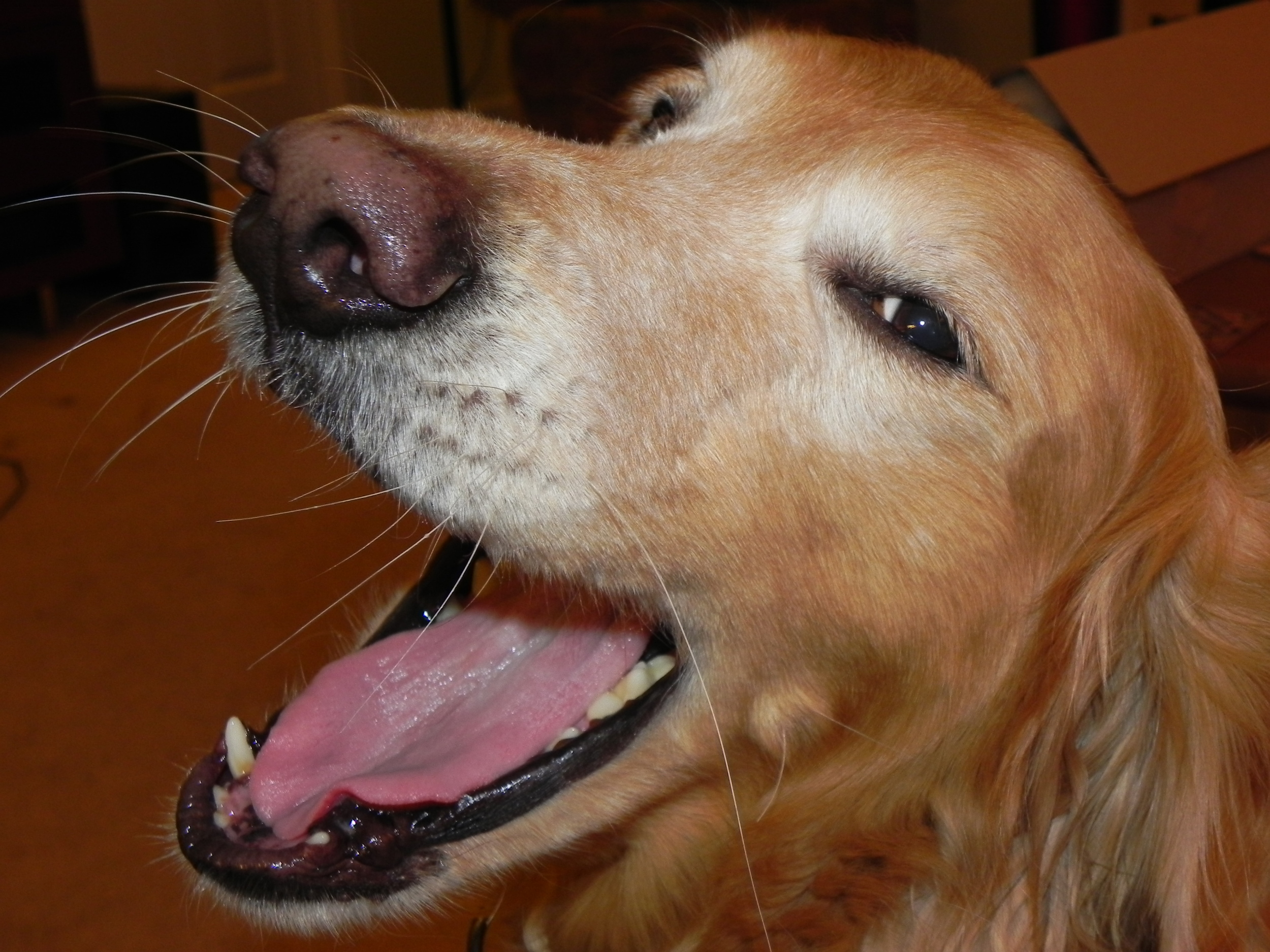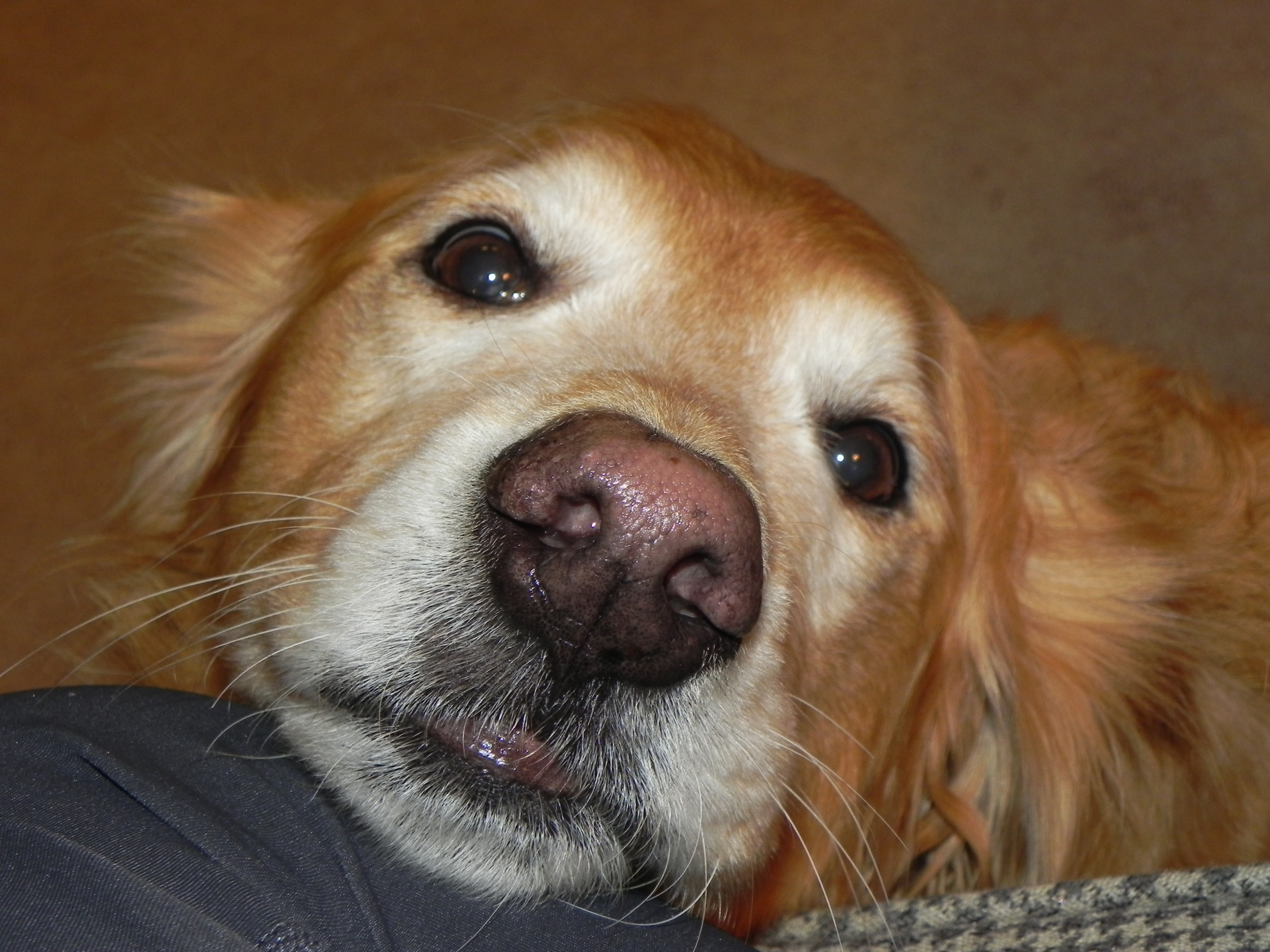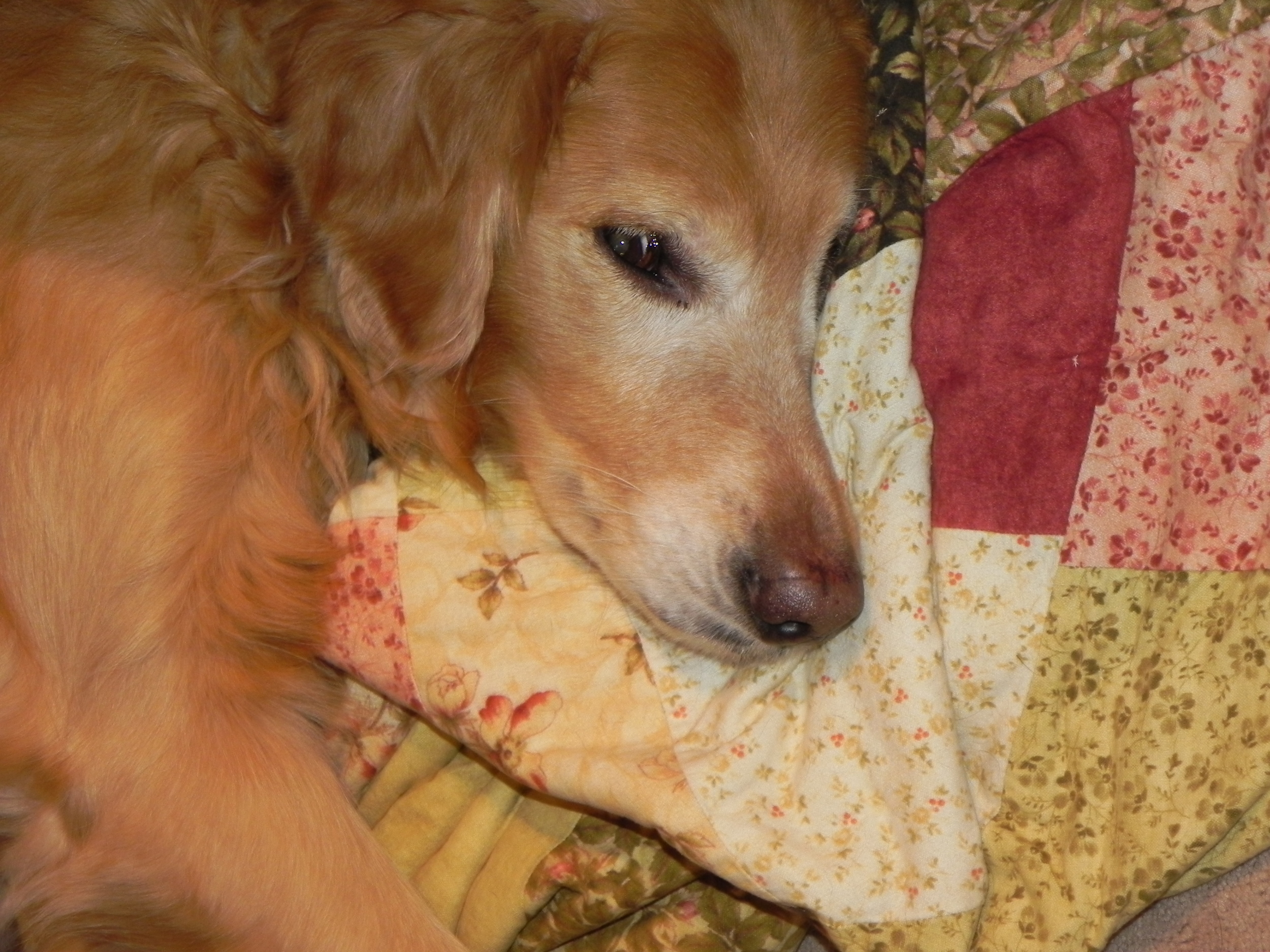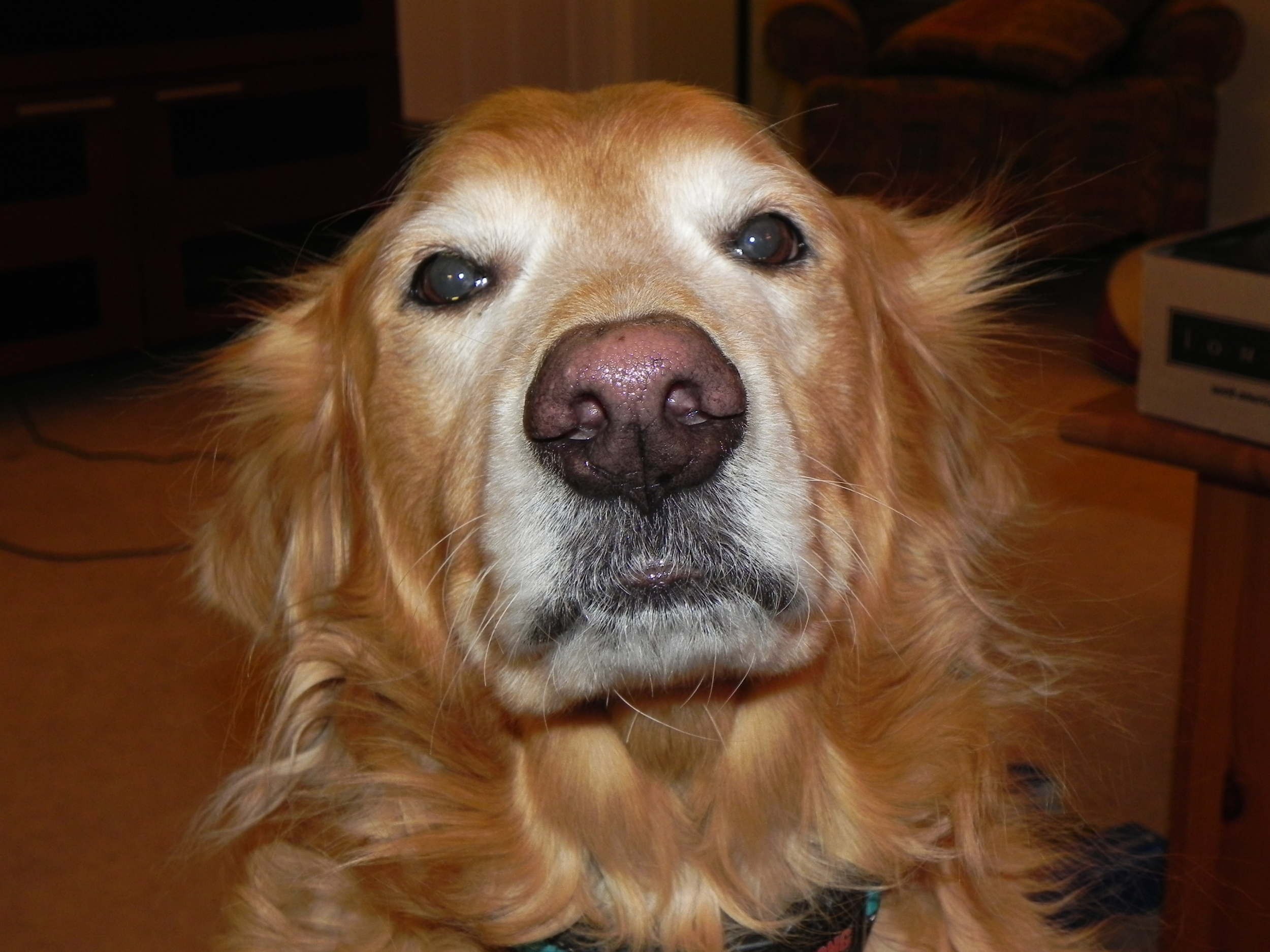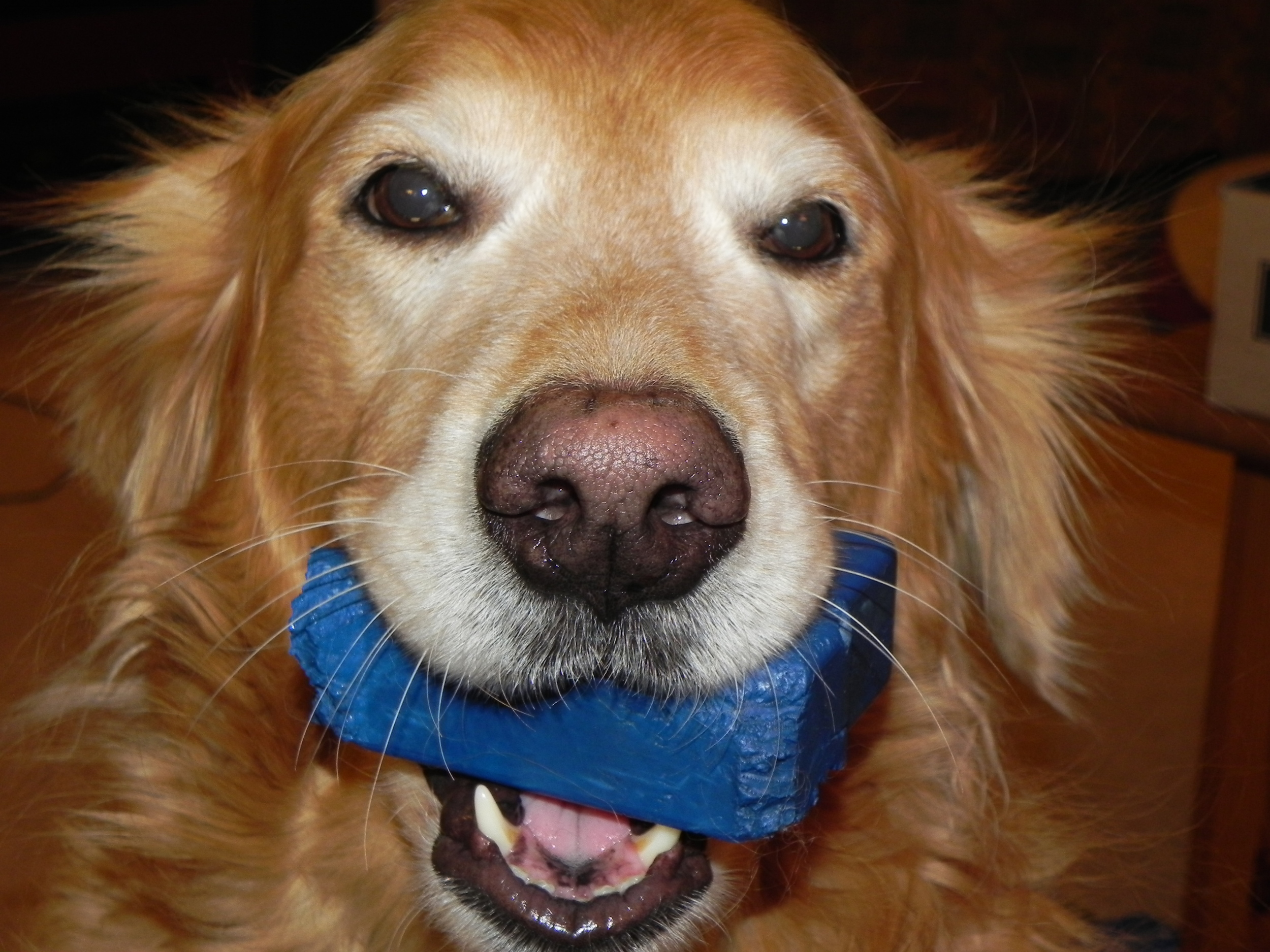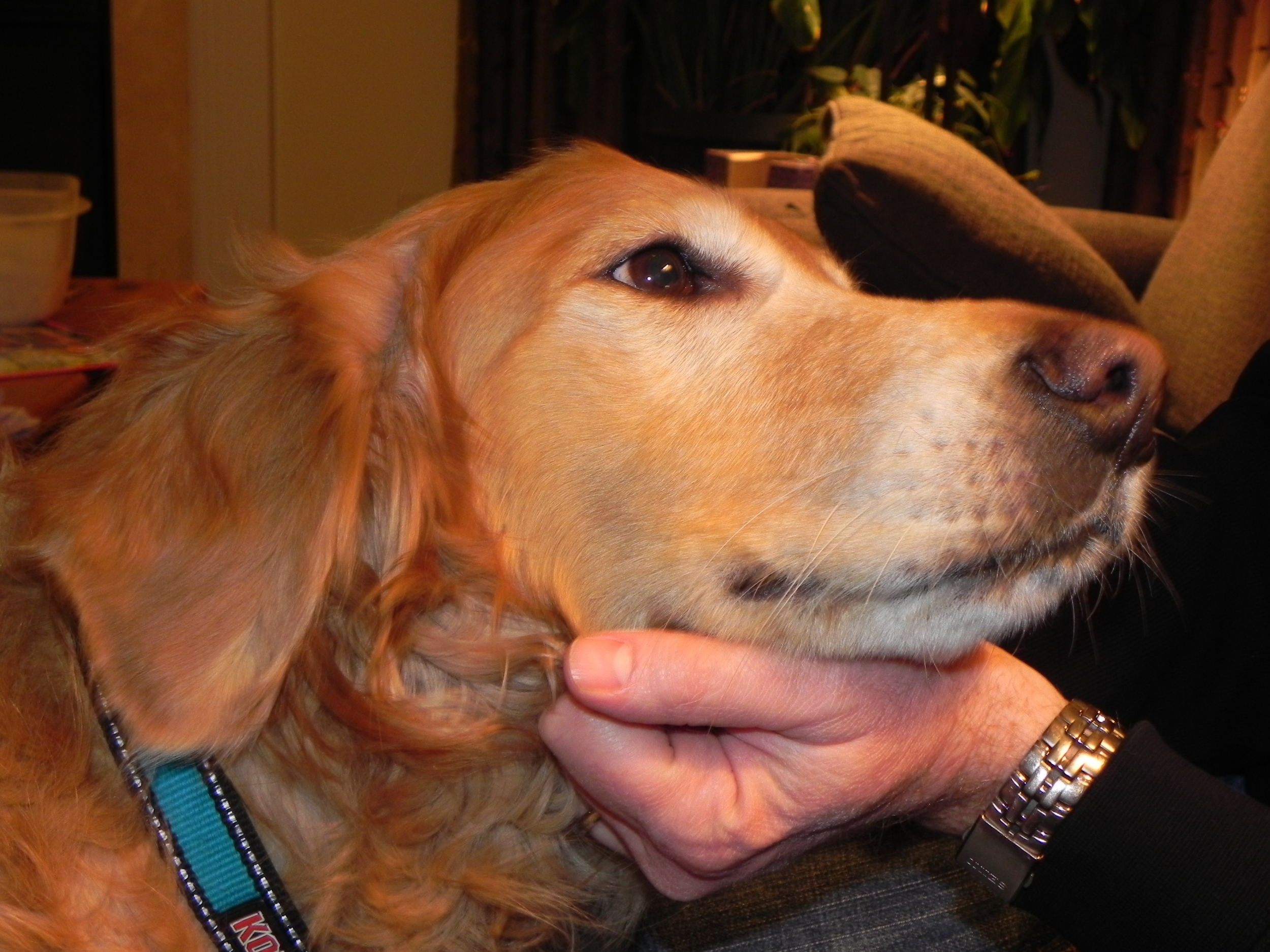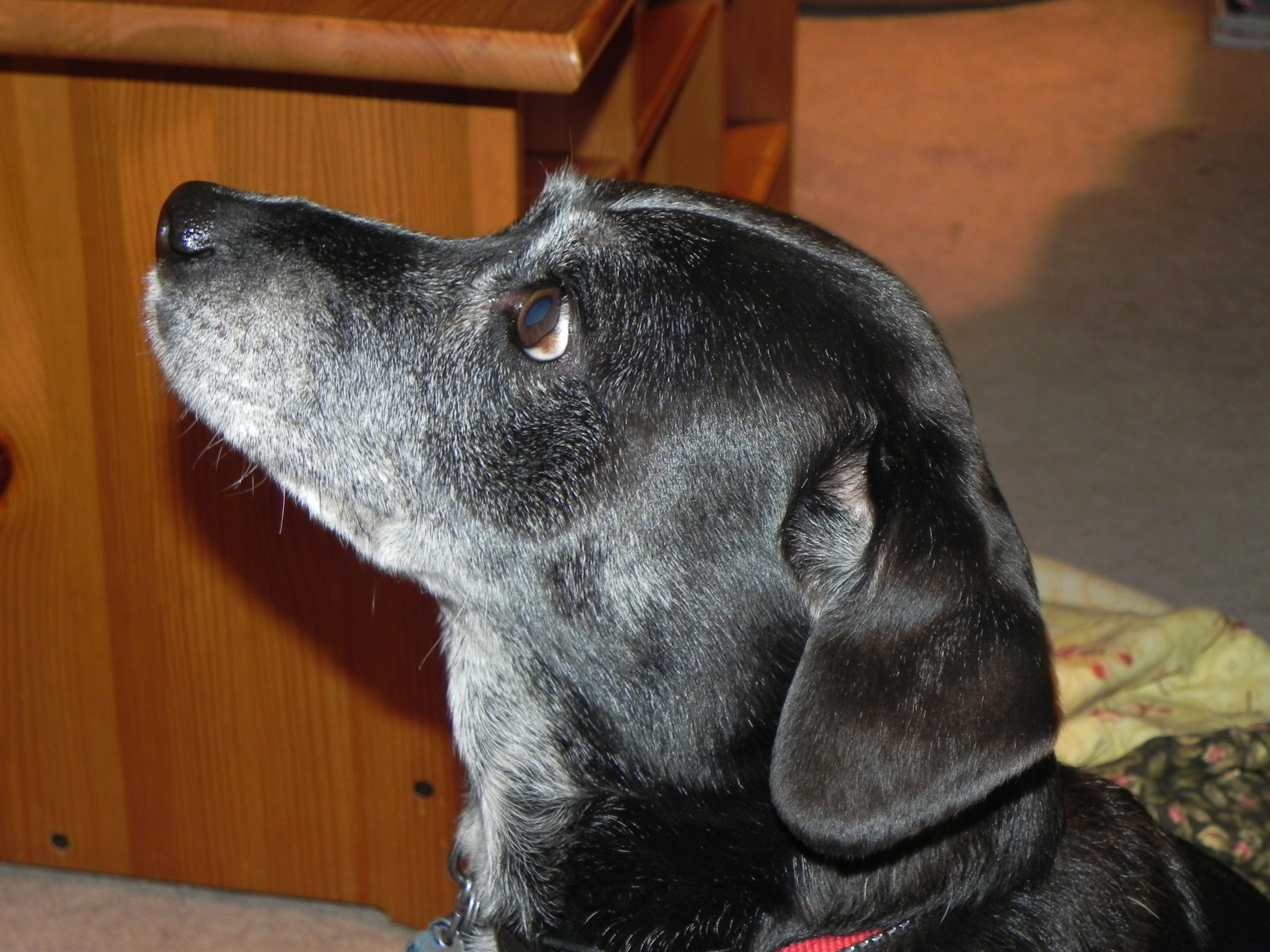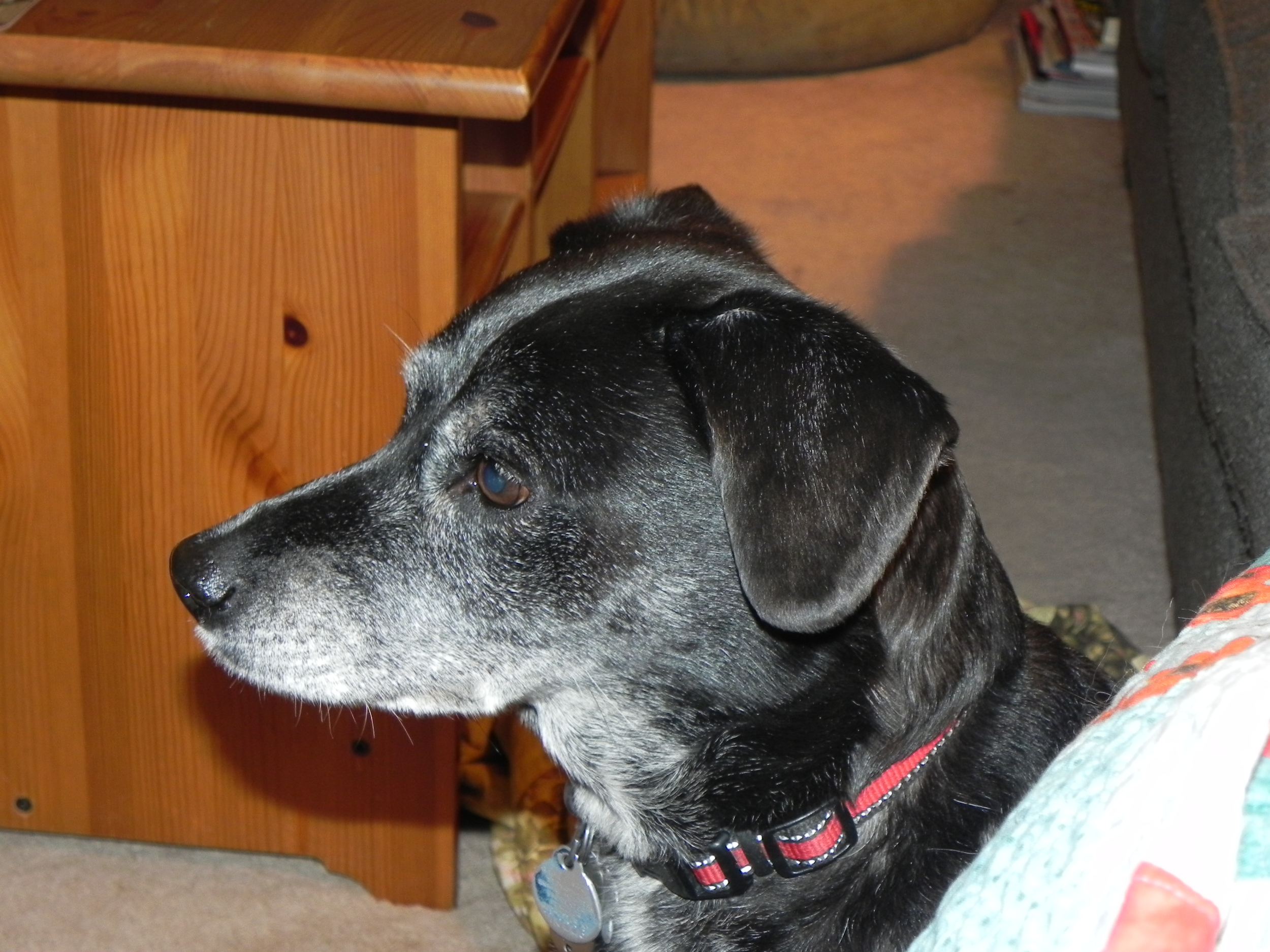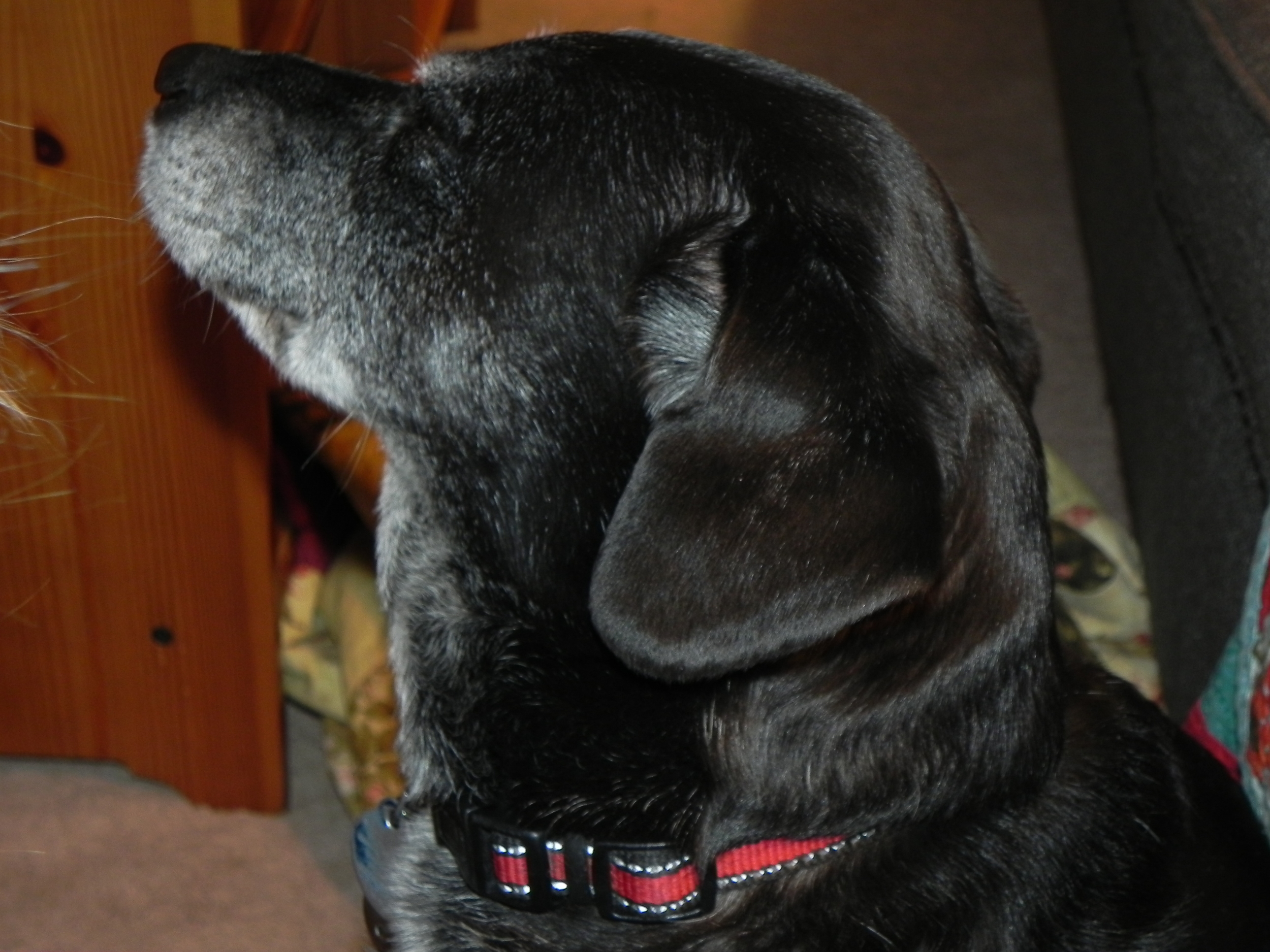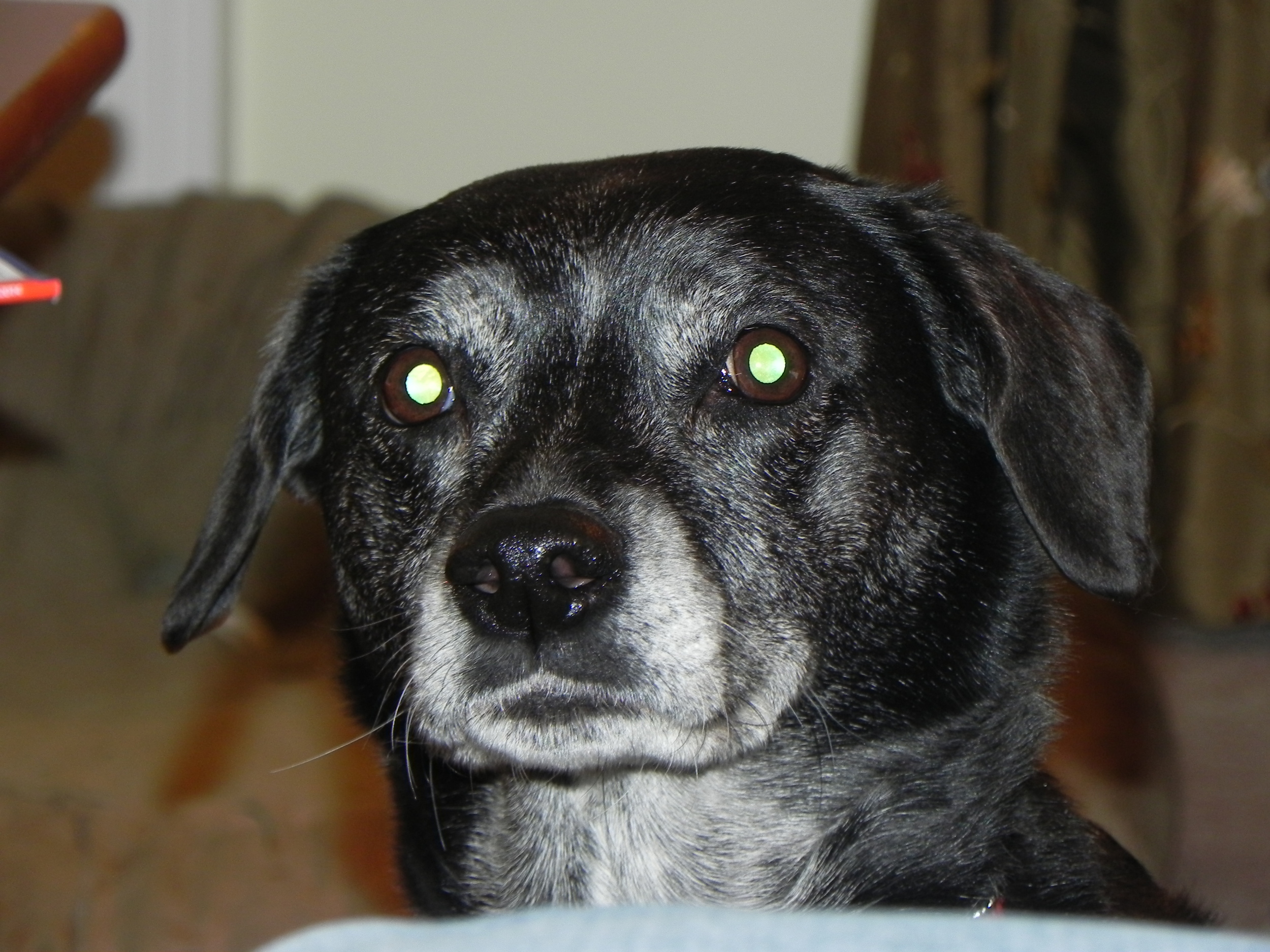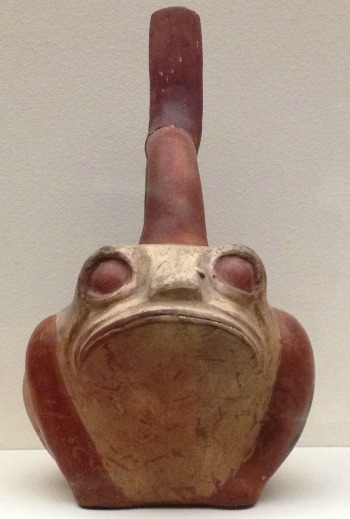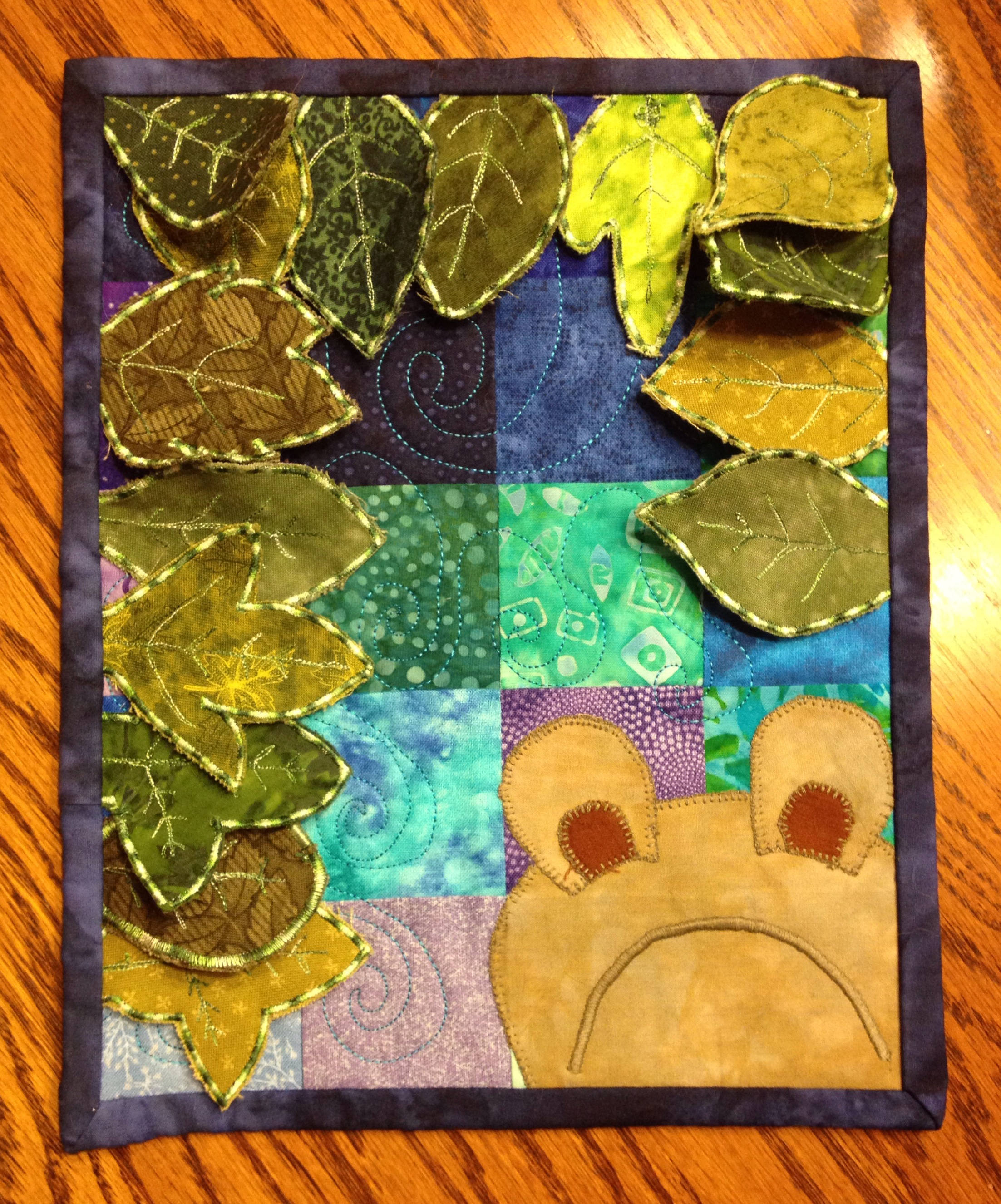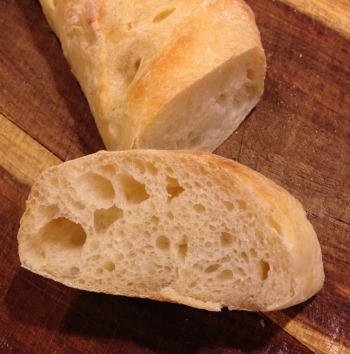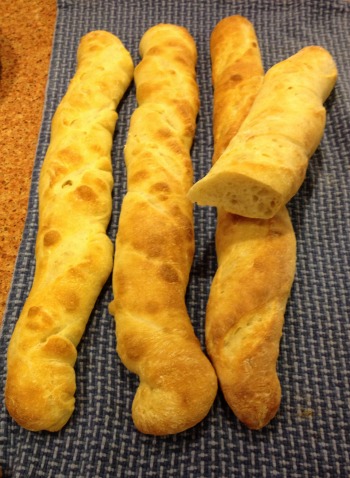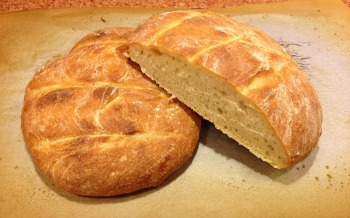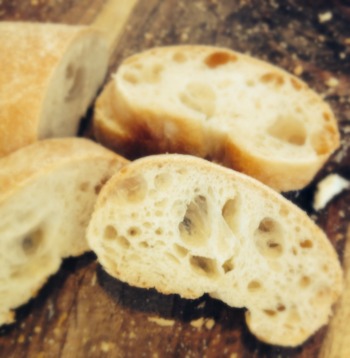I decided, in the midst of sub-zero temperatures and whistling winds outside my door, that a class on braising was just the ticket. And so, after I'd completed the previous couple of classes in my Craftsy line-up, Molly Steven's The Secret of Slow Cooking: Mastering the Braise was a great excuse for me to cook up some comfort food.
I've braised for years, although for most of that time I didn't know that what I was doing was called "braising." I thought it was just "making pot roast." Silly me. It was only a few years ago that I started seeing the term "braising" turning up regularly in cooking magazines and websites and realized that hey, I knew what that was; hey, I'd done it before; and hey, I could learn to do it a whole lot better. My pot roast could sometimes be a bit hit and miss. It was always decent, but I never made it the same way twice and some versions were quite a bit better than others. I didn't make it often enough to really track what I was doing in different parts of the process that made the most difference to the end result.
Enter Molly Stevens. Her class lessons are set up according to the phases of the braising process. She begins by talking about the elements of a braise: pots and pans, what cuts of meat and what vegetables work best, braising liquids, and finishing touches. Then she uses three recipes--one pork, one beef, and one chicken--to walk through each phase of the braise, from browning to finishing. At the end, she has a lesson on braising vegetables in which she uses three additional recipes to show some more techniques and things to consider.
Note, however, that this isn't a recipe class--it's a technique class. Throughout each phase, she's only using those three recipes as examples of variations that can occur in that part of the process. She talks frequently about other ingredients you could be using, and the class materials have an extremely helpful list of options so you can mix-and-match your own braised dinners or side dishes.
I decided to use one of her recipes as it's written first, to be sure I had the technique down, before doing a mix-and-match of my own. I chose her recipe for Chicken Thighs with Peppers and Onions because, well, frankly, that was the recipe with the shortest braising time and I really wanted to also get some sewing done that afternoon!
I thought it turned out lovely. My husband even liked it and he's not a fan of dark meat. (Yes, you can substitute a chicken breast but white meat doesn't work as well in a braise situation.) And I liked it despite the fact that it calls for crushed red pepper flakes and I'm not a fan of heat. I could've left them out, of course, but since my husband likes heat, I decided to leave them in and just use a light hand to see how the recipe worked as written. It was just enough heat to make it interesting and balance out the sweetness of the peppers and onions, without making it difficult for me to eat my dinner. Perfect.
And while the recipe itself is a keeper, that wasn't even the point of the class for me. I have now figured out where I needed to improve my technique, and I've been given the tools to do so. Rather than turning out "decent" braises, I have all confidence that I'll now be able to consistently turn out something far better and have a lot more fun in the process. I find myself wanting to invite people over for dinner just so I can try out new and different braising combinations.
As usual, here are the basics:
- 8 lessons in all, ranging from 12-30 minutes.
- The first lesson talks about talks about the science of braising, pots and pans and other tools. In lesson 2, she talks about why certain cuts of meat braise better than others, plus how to prepare them for braising for the best results.
- In each lesson following, Molly then uses the three main recipes as illustrations while she goes through each phase of the braising process--browning, adding aromatics, choosing and adding braising liquids, the braising itself, and how to finish. For example, in lesson 3, she browns the pork, then browns the short ribs, then browns the chicken thighs, and talks about the similarities and differences for each given meat--as well as mentioning others you might use. The last lesson is about braising vegetables.
- My only slight quibble with the class: She addresses briefly in one of the early lessons how to adjust braising recipes for use in a slow-cooker. However, she doesn't spend a lot of time on it. This is one area that most people (myself included) might not mind having had a full lesson devoted to. For us workin' folk, sometimes a slow cooker is the best option we have for eating a braised-style meal on a week-night. But between what she did say about it, and what I can find on the Internet on my own anyway, I'm not overly bothered by this in the grand scheme of things.
By the way, I also really enjoyed Molly herself. She's a very straight-forward, no-nonsense teacher. She only rarely cracked a smile but still, you could feel her enjoyment and passion for food coming through. Perhaps it was a sense of the smile being in her eyes. She's not a "banter" person--filling up space with words just to entertain. But she felt like someone that I could hang out in a kitchen with for hours and have a great time. Very authentic.
I'm going to consider this class complete even though I plan on keeping the PDF print-out in my kitchen for the next time I go grocery shopping so I can have fun creating my own braise combination. From here on out, it's just a matter of continuing to play with different combinations of ingredients and allowing my Creative Braising Maven to shine through! (Well, until our seasons change and I put away the braising pan in favor of the grill. At the moment, that feels like forever-from-now.)
If you think you'd like to check out Molly Stevens' Mastering the Braise class on Craftsy, here's a link. (Transparency statement: Using that link helps support this blog and podcast.)
Don't worry: If you're not a foodie, I'll be getting back to the textile-related class reviews next time around!
